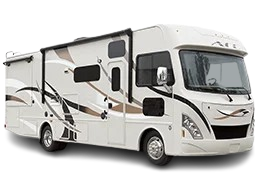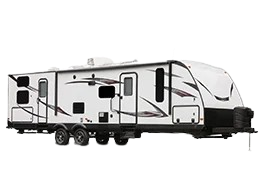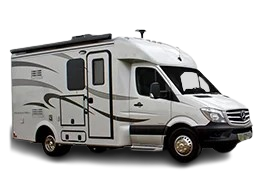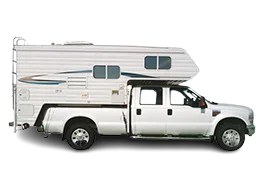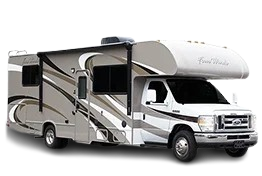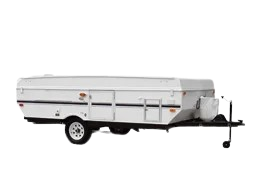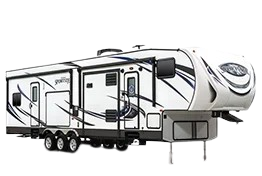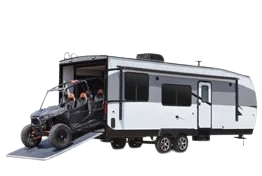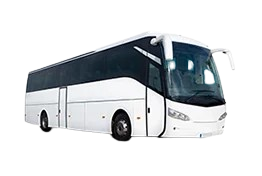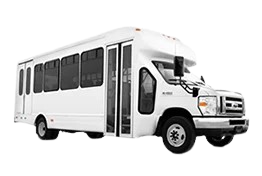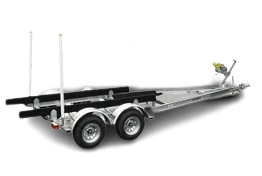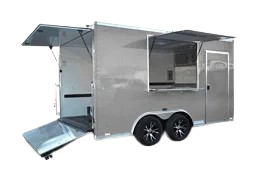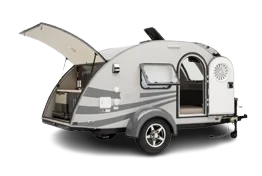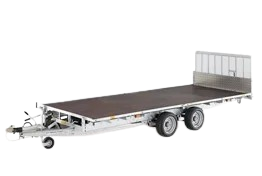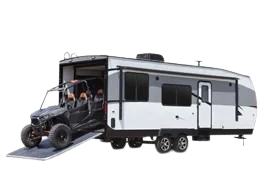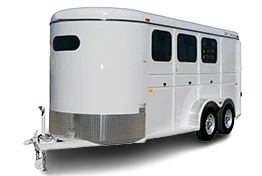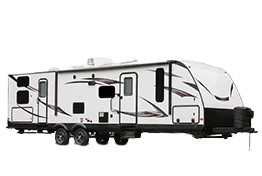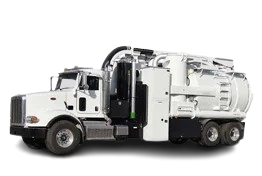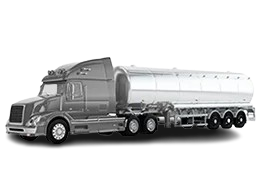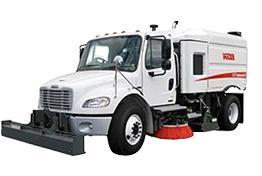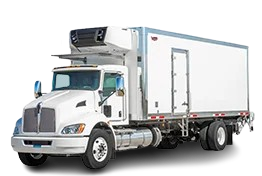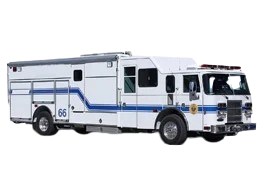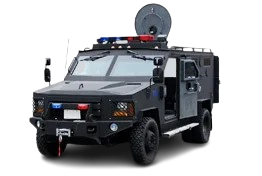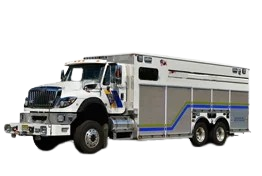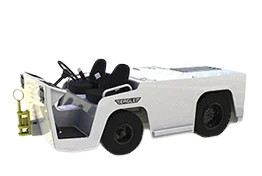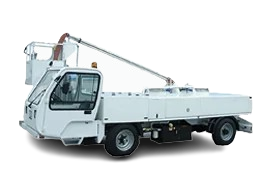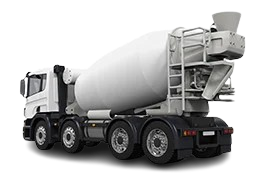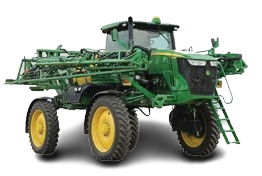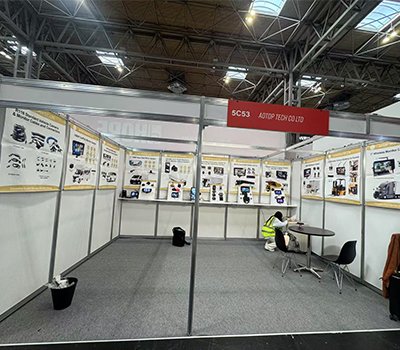
How Does a Wireless Backup Camera Work?|A More Practical Technical Guide
The core purpose of a wireless backup camera is to deliver a timely and clear rear view image whenever the vehicle moves backward. This helps drivers judge distance, avoid obstacles and reduce blind spots. This is the core function of any wireless rear view camera or digital wireless backup camera system.
Although the system appears simple, its operation actually depends on multiple components working together — power management, wireless signal, display triggering and image processing.
I will explains how a wireless rear view camera system works from a more practical perspective, rather than repeating the regular “installation steps”.
1. What is the Overall Structure of a Wireless Backup Camera?
A complete wireless reversing camera system typically consists of three main parts. This structure is similar across most wireless backup camera systems and trailer backup camera setups:
- Rear camera: captures live video behind the vehicle
- Wireless transmitter module: sends the digital video signal
- Monitor or in-dash display: receives and displays the image
What it truly eliminates is the long video cable running from the rear of the vehicle to the cabin, making installation more flexible and avoiding the need to remove interior panels.
The wireless system transmission is not the same as “network WiFi” It uses a digital wireless signal designed specifically for short-range in-vehicle transmission. Compared with WiFi, it provides stronger anti-interference performance, lower latency and more stable connectivity. This design helps reduce wireless camera signal interference and ensures a more stable wireless signal during driving.
2. Why Does the Wireless Backup Camera Still Need a Power Source?
Although the video signal is wireless, the camera itself requires its own power supply. The power source is not fixed; It depends on the vehicle’s wiring and the user’s needs:
1) Reverse Trigger Power
The circuit activates when the vehicle shifts into reverse, and the camera starts at the same time.(Advantages: Simple logic, ensures camera does not remain powered constantly)
2) Interior Ignition Power (ACC)
Ideal for users who need to view the rear image at any time, such as RVs, camper vans, and commercial passenger vehicles.
This allows the camera to operate even when not reversing, as long as the circuit is stable. This is a common wiring preference for wireless RV backup camera systems and RV backup camera installation.
3) Special Vehicle Wiring (Trucks/Trailers)
These vehicles often have more complex tail-end wiring. In real installations, need choose the power point based on the vehicle’s electrical layout — not simply the reverse light.
Because vehicle wiring varies widely, there is no universal “standard” wiring method. This is especially true for wireless truck backup camera setups and trailer backup camera systems.
3. How Does the Wireless Signal Stay Stable on a Vehicle?
Vehicle structure, electronic devices and environmental interference all affect the performance of a wireless backup camera system. Therefore, installation position is much more important than most people think. Many wireless backup camera signal problems can be solved simply by adjusting placement to improve wireless signal transmission. Common factors that affect wireless stability include:
- Metal Obstruction
Pickup tailgates, RV body panels, and metal components can weaken the signal. Antenna position often needs adjustment.
- Other Wireless Devices in the Vehicle
TPMS sensors, Bluetooth modules etc. may cause interference. The receiver’s placement needs proper planning.
- Orientation of the Camera and Receiver
Wireless signals do not propagate freely in a full 360, and the orientation of the module (antenna) also affects stability.
The performance of a wireless backup camera system often depends on how well this part is tuned, rather than the camera’s image clarity itself.
4. When Installing the System, the Real Question is Not “Can It Be Installed”? But “Where Should It Be Installed”?
Most issues with wireless systems — image delay, occasional signal drop, or unstable display — are usually installation-related, not product defects. For example:
- Camera poor grounding
- Voltage fluctuation
- Antenna blocked by metal
- Display mounted too low or obstructed
Installers need adjust camera and receiver positions based on vehicle type, tailgate structure, and signal path, rather than using one universal method for all vehicles.
Conclusion
The advantage of a wireless backup camera is not just “removing one cable”, but providing greater flexibility for different vehicle types. Choosing the right wireless backup camera system or digital wireless backup camera setup ensures long-term performance and reliability.
If you are looking for a wireless backup camera system, you can browse AOTOP’s Wireless System Lineup, which includes solutions for RVs, pickup trucks, buses, commercial vehicles, trailers, and towing setups.

